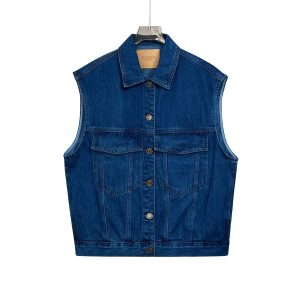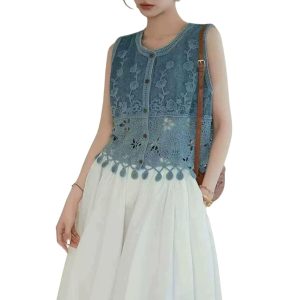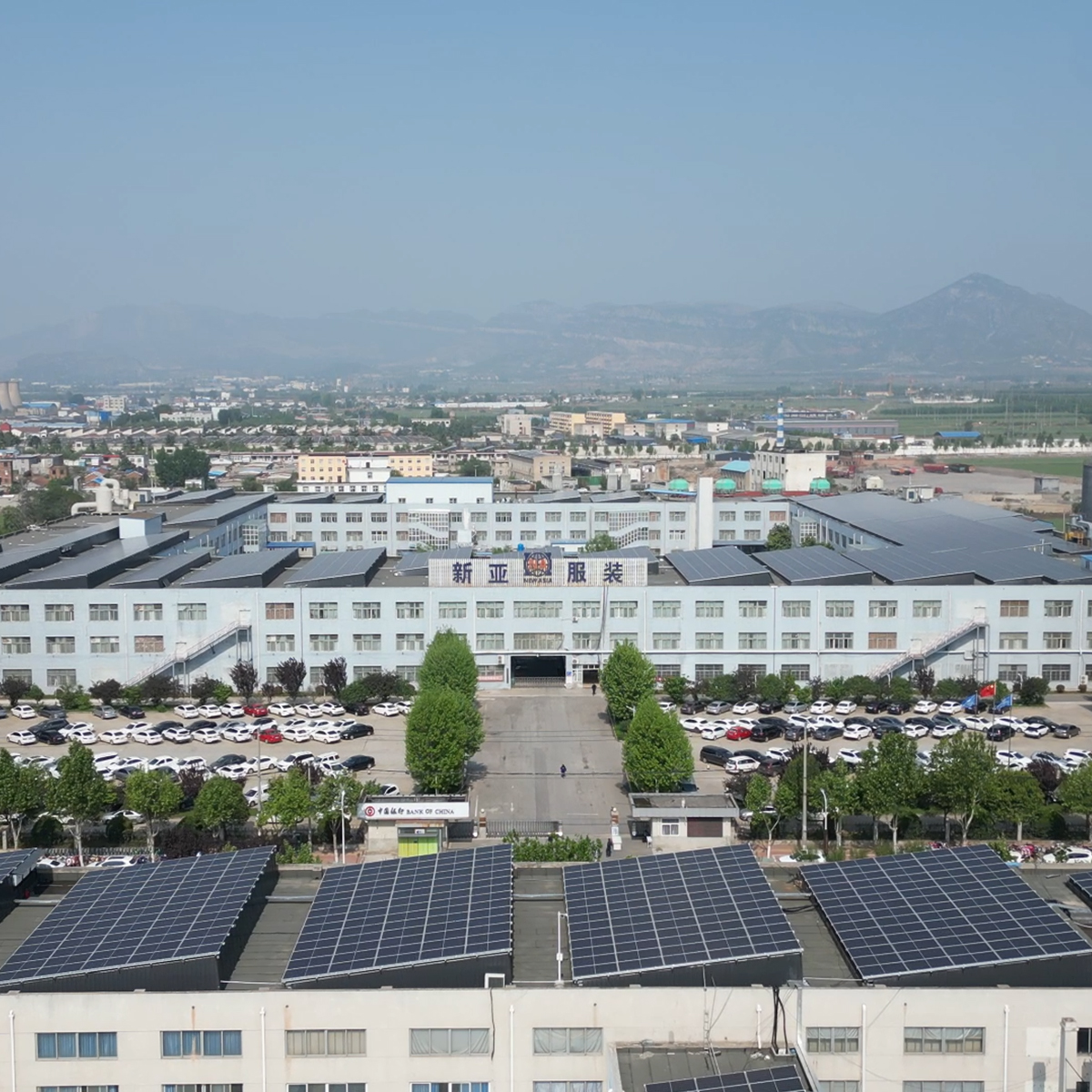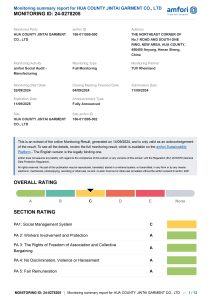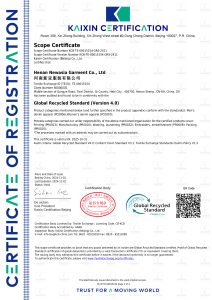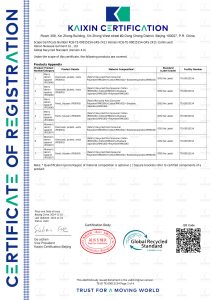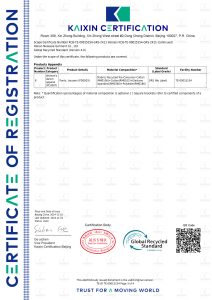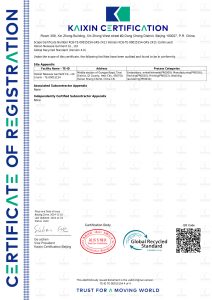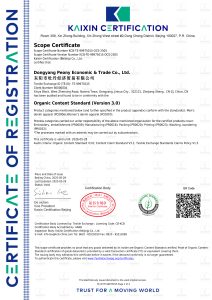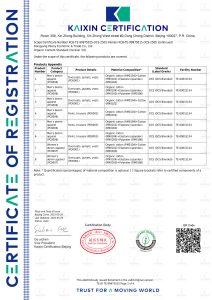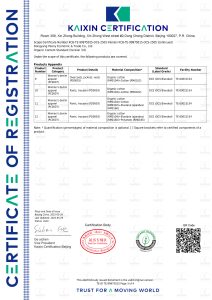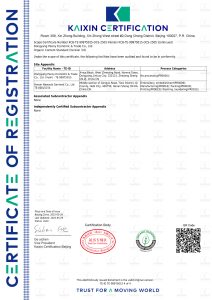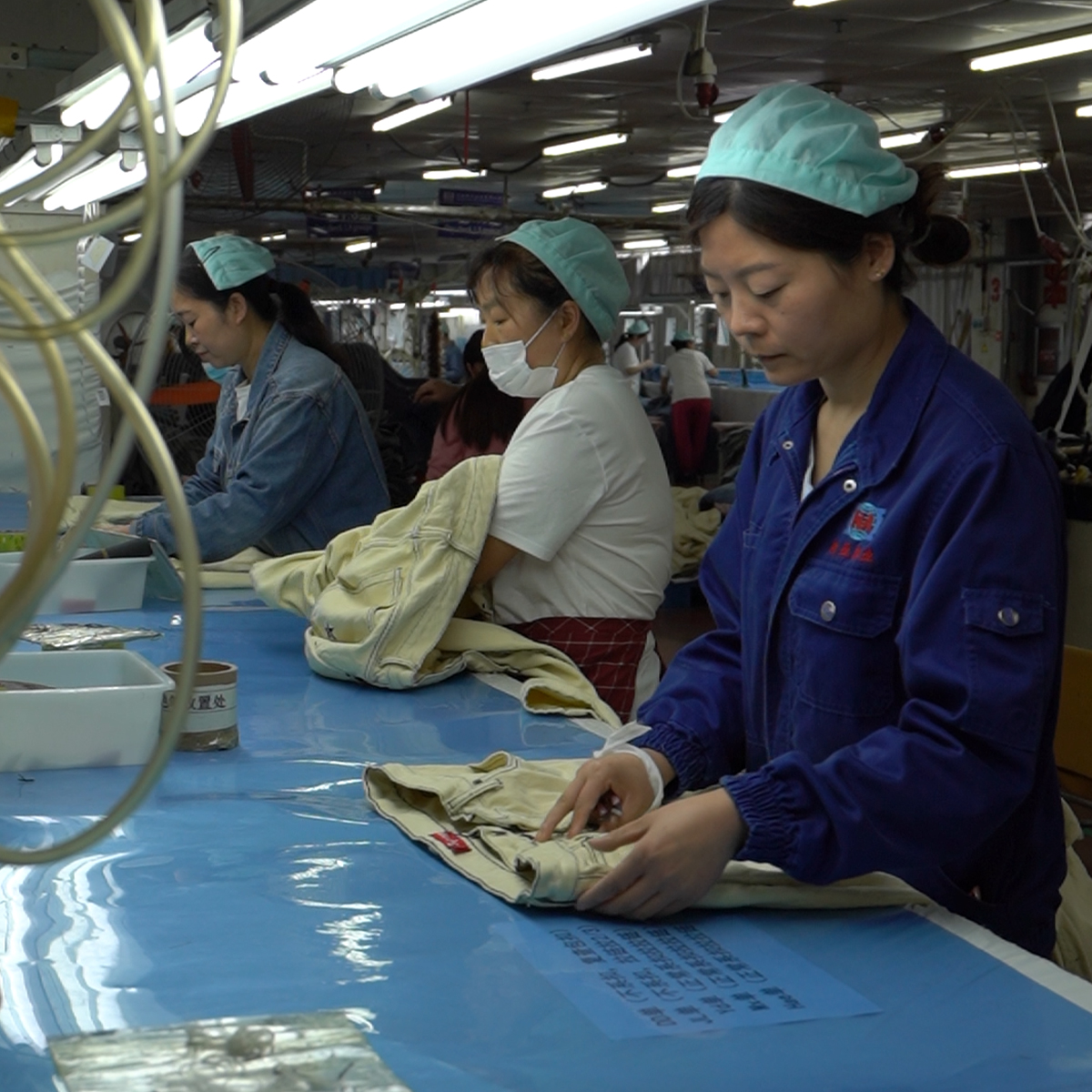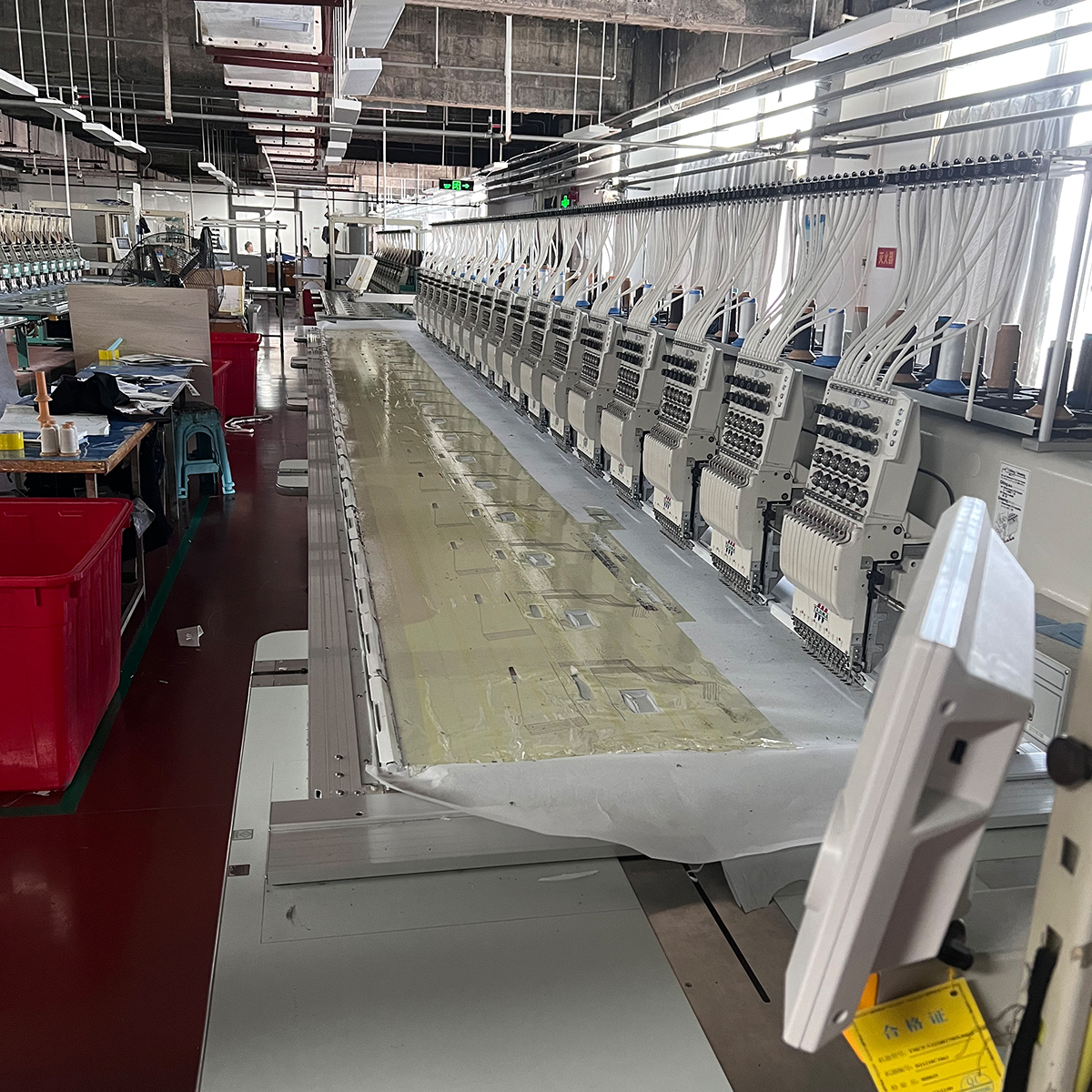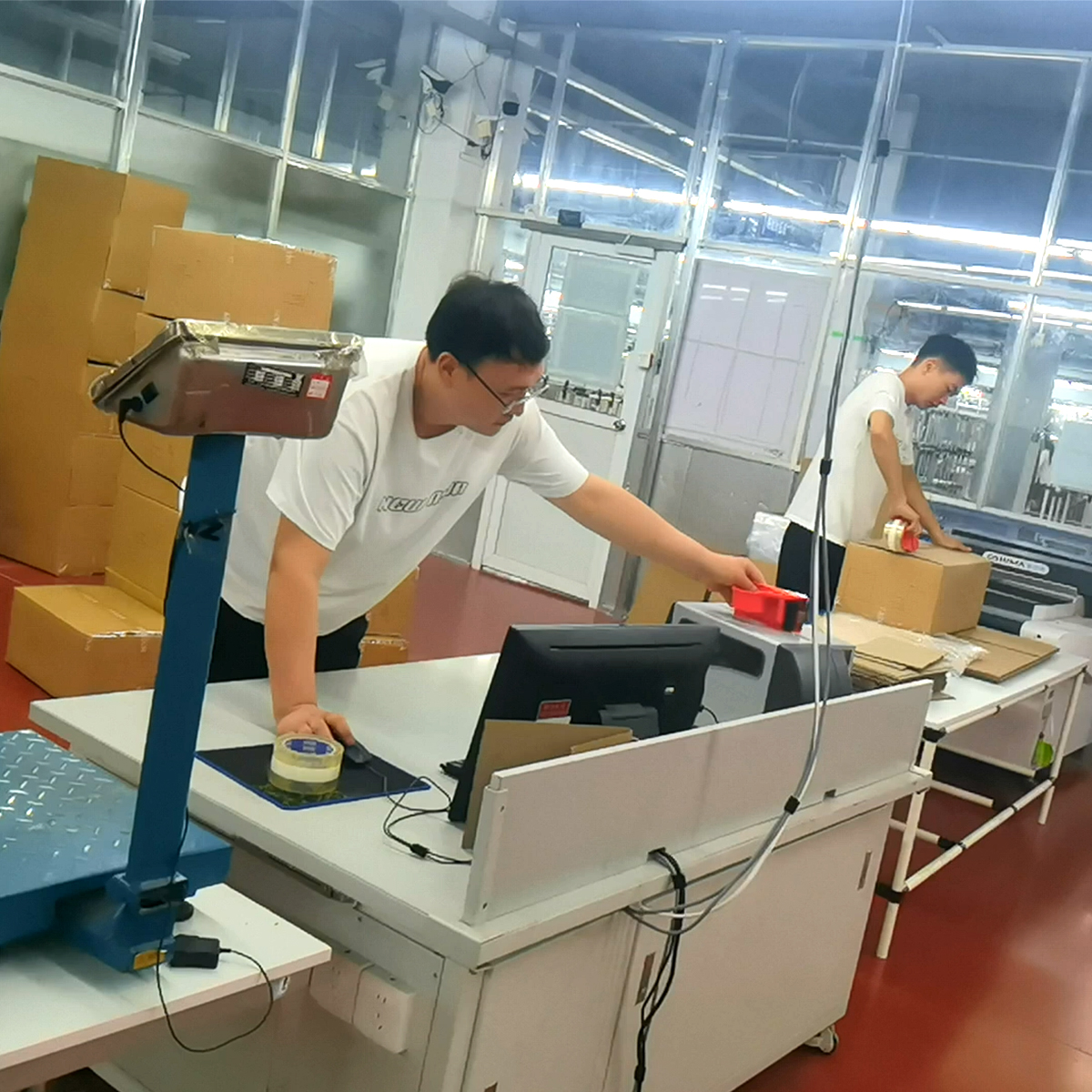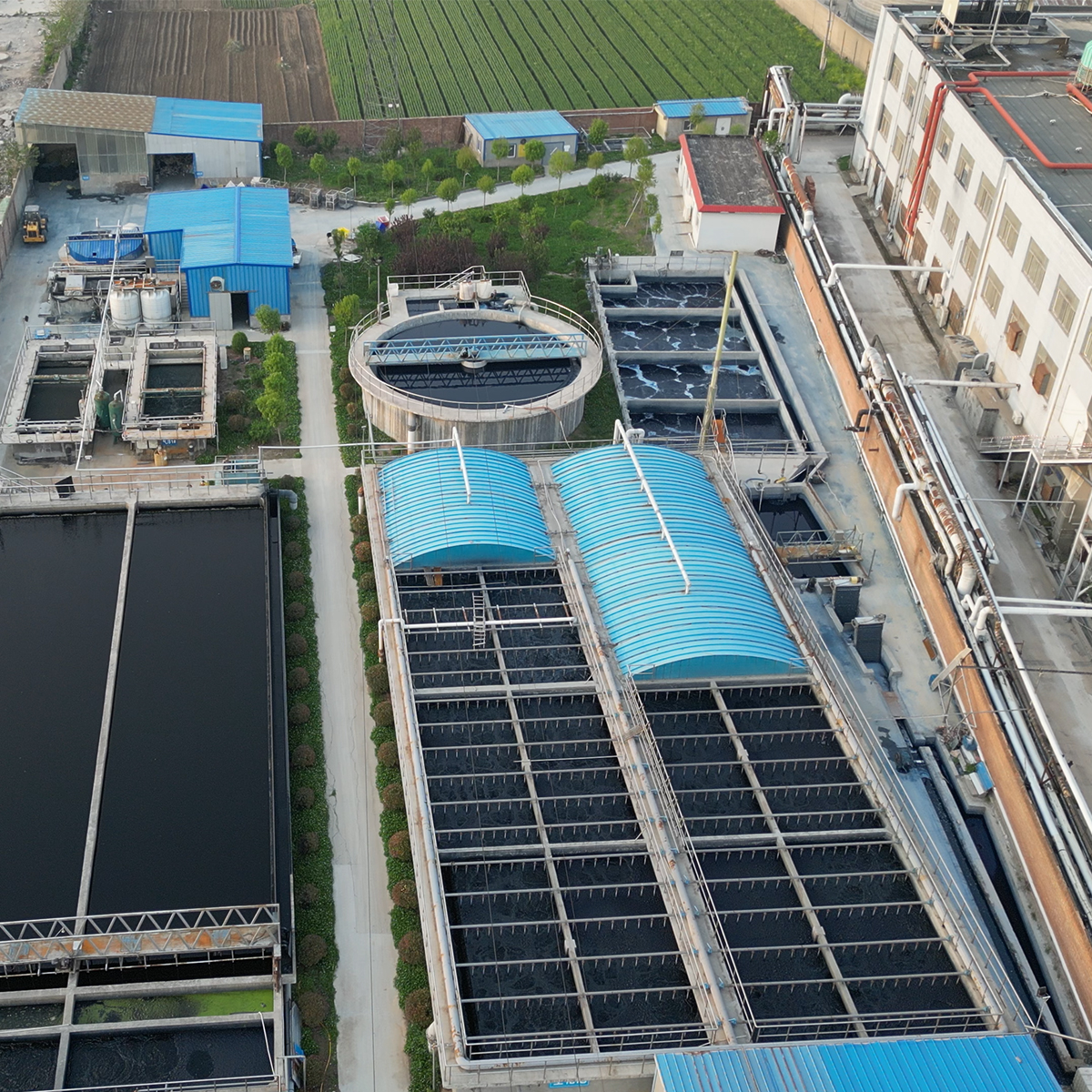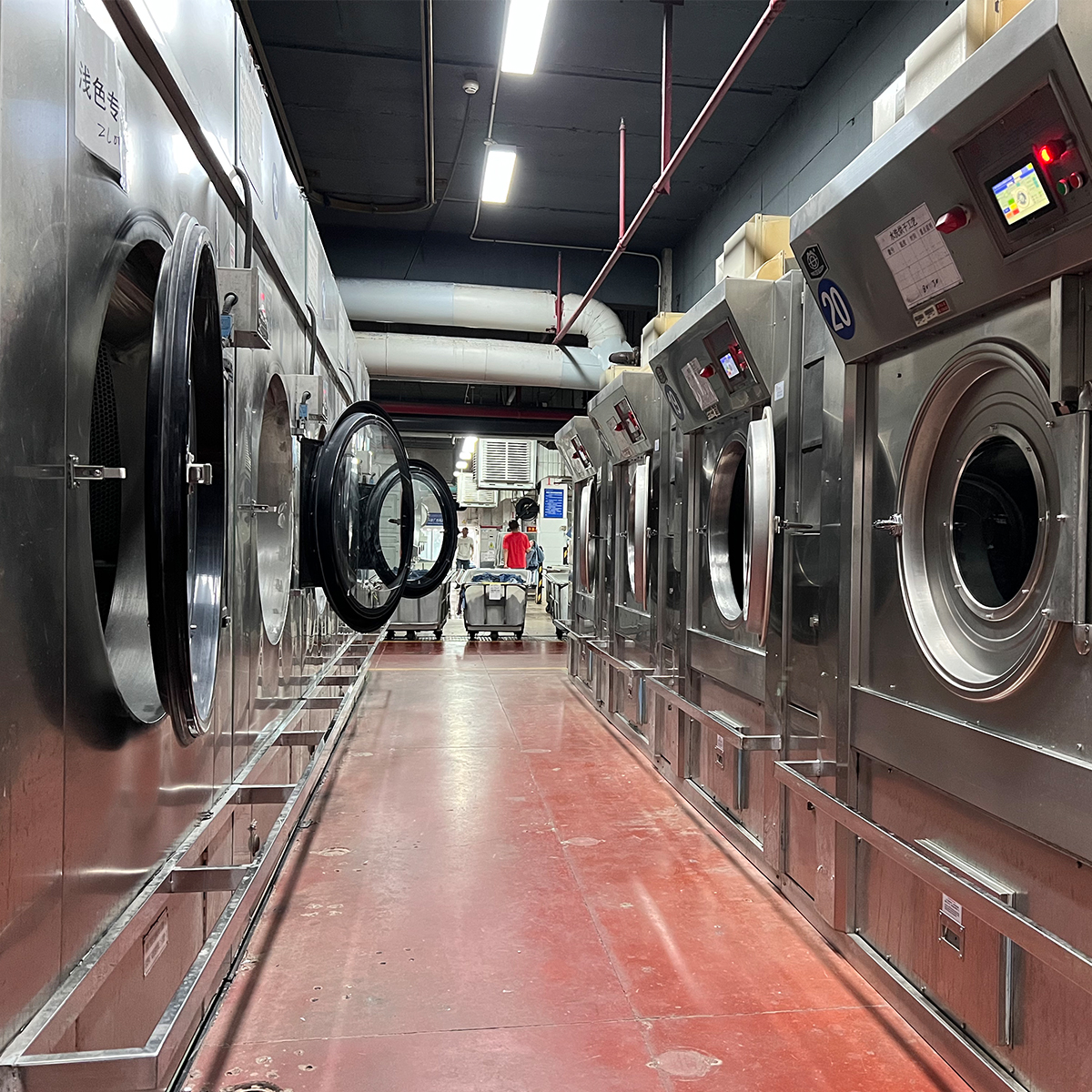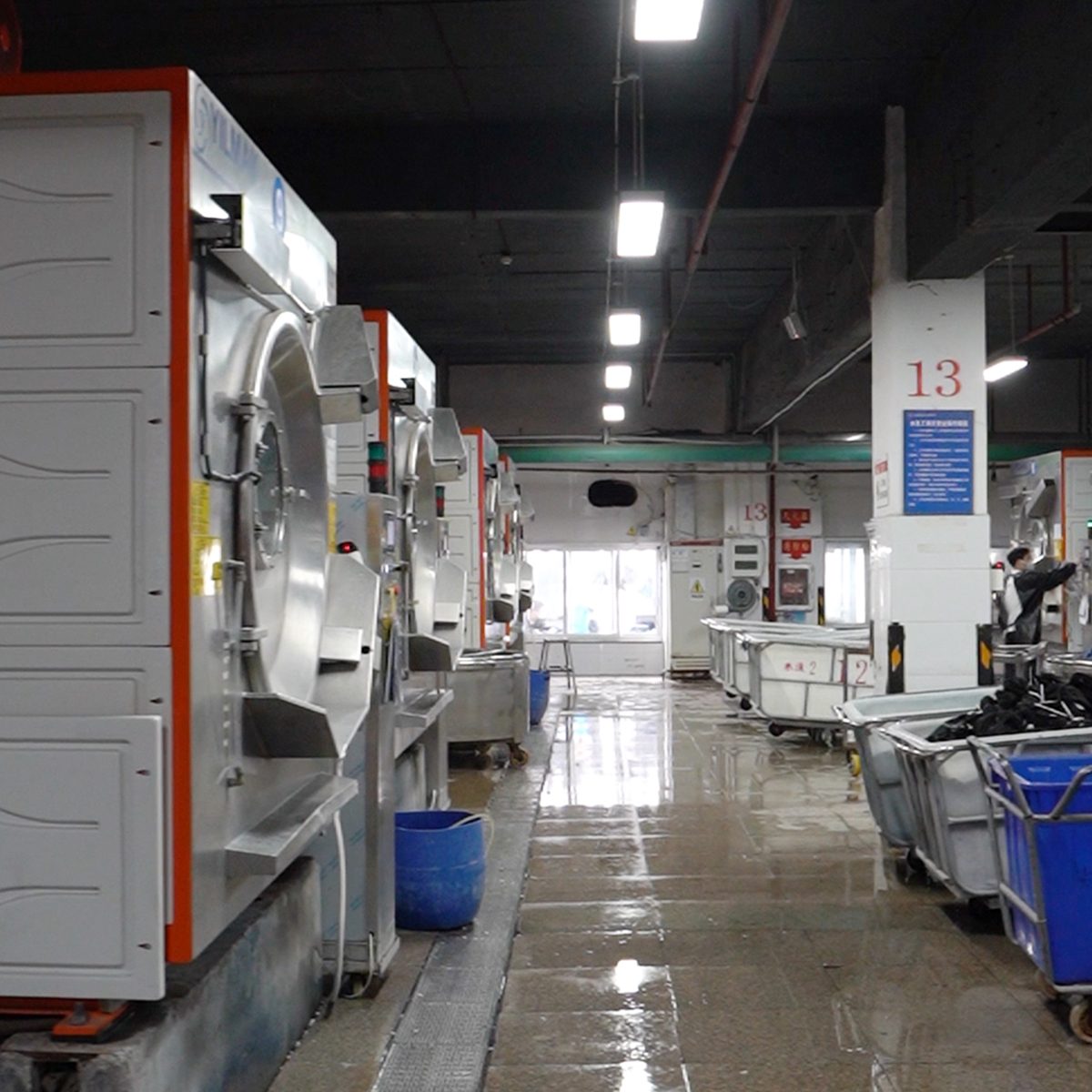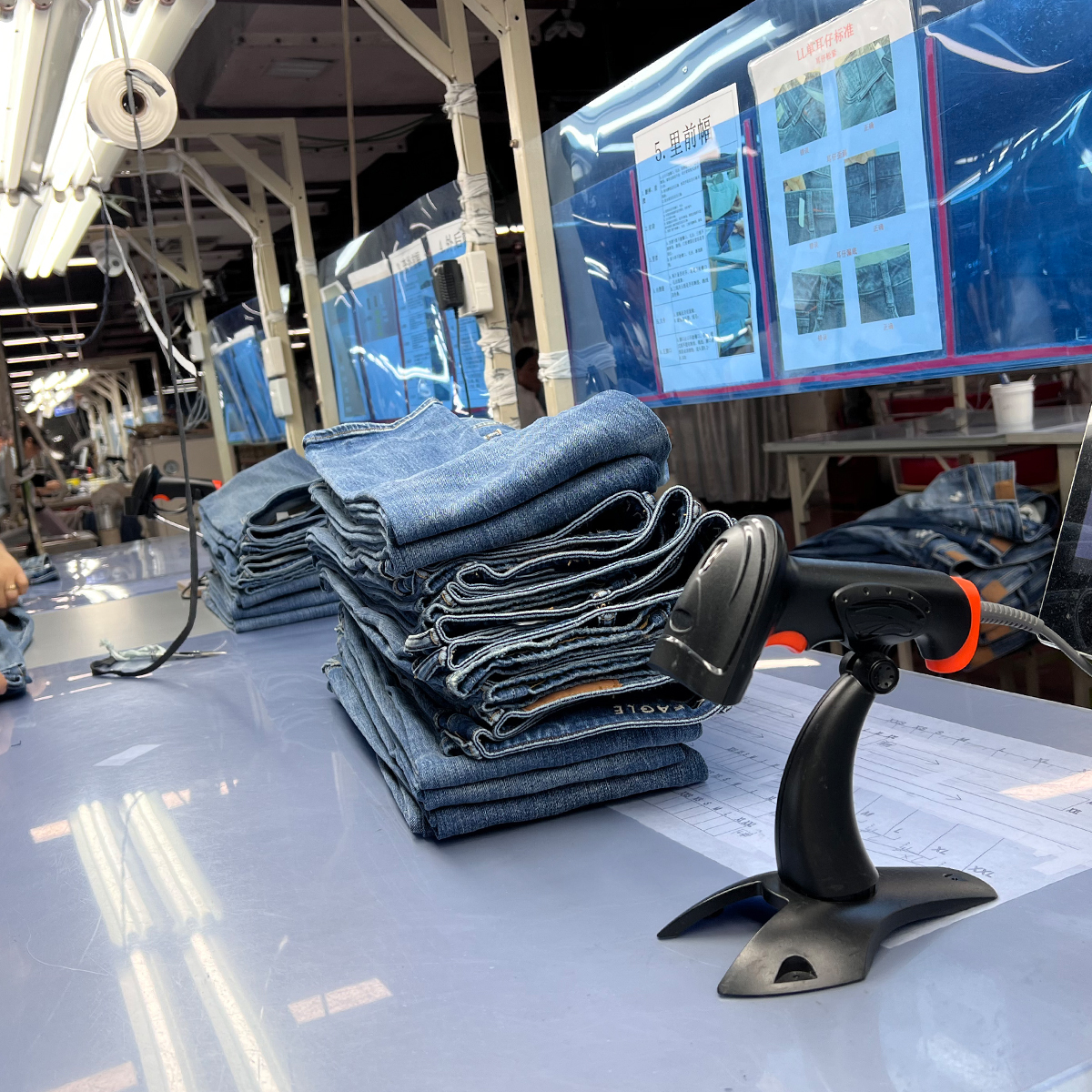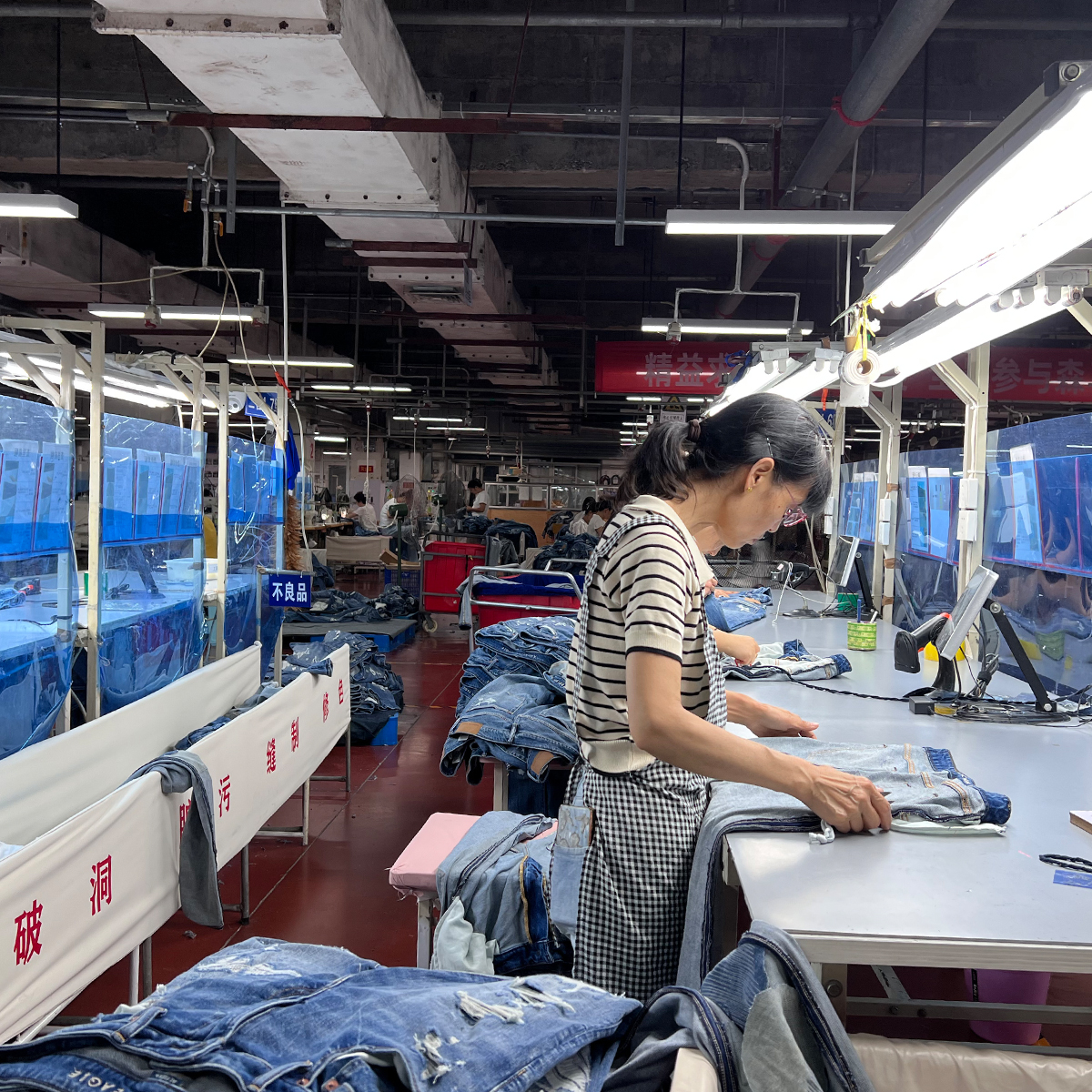In the dynamic world of denim production, the quest for high-quality jeans fabric continues to push manufacturers toward technological innovation. As consumer preferences evolve and sustainability becomes an increasingly critical concern, the machinery used in jeans fabric manufacturing plays a pivotal role. From sourcing raw materials to finishing touches, machinery advances are revolutionizing efficiency, quality, and environmental impact.
Understanding Jeans Fabric Manufacturing: The Process Landscape
Jeans fabric, commonly known as denim, is a sturdy cotton twill textile characterized by its diagonal ribbing pattern. Its production involves a series of complex steps, each requiring specialized machinery to ensure consistency, durability, and aesthetic appeal. The key stages include yarn spinning, weaving, dyeing, finishing, and quality control. Modern machinery innovations are crossing boundaries at every stage to introduce automation, precision, and eco-friendliness into the process.
The Evolution of Denim Manufacturing Machinery
Historically, denim production depended heavily on manual labor and traditional looms. As demand surged, industries transitioned to mechanized solutions. The advent of shuttle looms and dobby weaving machines marked significant milestones. Over the last decade, technological advancements have further enhanced capabilities, introducing computer-controlled systems, high-speed weaving, and sustainable options.
Key Innovative Machines in Jeans Fabric Manufacturing
1. Electronic Jacquard and Dobby Looms
Modern jacquard and dobby looms have replaced manual control with computerized systems, enabling intricate patterns and more consistent fabric quality. These machines integrate programmable designs that can be easily modified, offering high flexibility and reducing setup time. Their high-speed operation significantly boosts production output, catering to the fast-paced demands of the fashion industry.
2. Continuous Dyeing Machines
In the realm of fabric dyeing, continuous dyeing machines utilizing environmentally friendly dyes and waterless or low-water processes are gaining prominence. These machines provide uniform color depth and enhanced colorfastness while significantly reducing water and chemical consumption. Advanced automation ensures precise control over dye application, minimizing waste and emissions.
3. Sustainable Finishing Machines
Finishing is vital in imparting softness, durability, and aesthetic features such as stone washes or vintage effects. Modern finishing machines are employing innovations like enzyme washes, ozone treatments, and low-emission dryers. These technologies achieve desired finishes while aligning with sustainability goals.
4. Automated Quality Control Systems
High-resolution imaging and AI-powered systems now play an instrumental role in monitoring fabric quality in real-time. Automated inspection machines detect defects, inconsistencies, or irregularities during production, drastically reducing waste and ensuring that only top-quality denim reaches the market.
Automation and Digital Integration in Jeans Manufacturing Machinery
The integration of Industry 4.0 principles into denim manufacturing is transforming traditional factories into smart production units. IoT-enabled machines communicate seamlessly, enabling predictive maintenance and reducing downtime. Digital twins and simulation software optimize machine settings, leading to improved efficiency and consistency. Robotics are increasingly involved in material handling and finishing tasks, reducing manual intervention and enhancing safety.
Environmental Sustainability: Machinery Leading the Change
Environmental responsibility has become central to denim manufacturing. Machines designed with eco-friendly features include waterless dyeing systems, energy-efficient motors, and waste recycling units. Innovations like laser finishing eliminate the need for chemical washes, drastically cutting water usage and chemical waste. These advancements not only serve environmental goals but also help manufacturers meet stringent regulations and appeal to eco-conscious consumers.
Future Trends in Jeans Fabric Machinery
Looking ahead, the industry anticipates further breakthroughs with the rise of AI-driven process control, biodegradable and recyclable materials, and completely automated production lines. Customized apparel manufacturing will rely on flexible, programmable machines, reducing turnaround times. The focus will shift towards creating sustainable, high-performance denim that aligns with a circular economy model.
Challenges and Opportunities
Despite rapid technological progress, challenges remain. High capital costs for cutting-edge machinery can be prohibitive for small-scale producers. Additionally, integrating new systems requires skilled operation and maintenance. Nevertheless, the opportunities for differentiated products, increased efficiency, and sustainability present compelling incentives for manufacturers to adopt these innovations. Collaborations between machinery manufacturers, fabric producers, and fashion brands are vital for forging pathways toward sustainable and technology-driven denim manufacturing.
Case Studies of Cutting-Edge Jeans Fabric Machinery Adoption
Several pioneering firms are leading by example. For instance, a major denim brand implemented high-speed digital jacquard looms, enabling rapid design modifications and reducing lead times. Similarly, a textile mill adopted low-water dyeing technology, cutting water consumption by up to 80% while maintaining fabric quality. These examples illustrate how embracing machinery innovation can provide competitive advantages in a saturated market.
Choosing the Right Machinery Partner
To capitalize on technological advancements, manufacturers must partner with reputable machinery providers that offer comprehensive support, training, and after-sales service. Evaluating factors such as machinery adaptability, energy efficiency, environmental compliance, and digital integration capabilities is critical. Custom solutions tailored to specific production needs often deliver the best long-term results, enhancing overall plant productivity and sustainability.
Conclusion
The fabric of the future¡ªparticularly for jeans¡ªis being woven with innovative machinery that emphasizes efficiency, quality, and environmental responsibility. From computerized looms to eco-friendly dyeing and finishing systems, technological progress continues to redefine the boundaries of denim manufacturing. Embracing these changes not only equips manufacturers to meet evolving market demands but also positions them as leaders in sustainable and high-tech textile production. The journey towards smarter, greener jeans fabrication is well underway, promising a resilient future for the industry.



